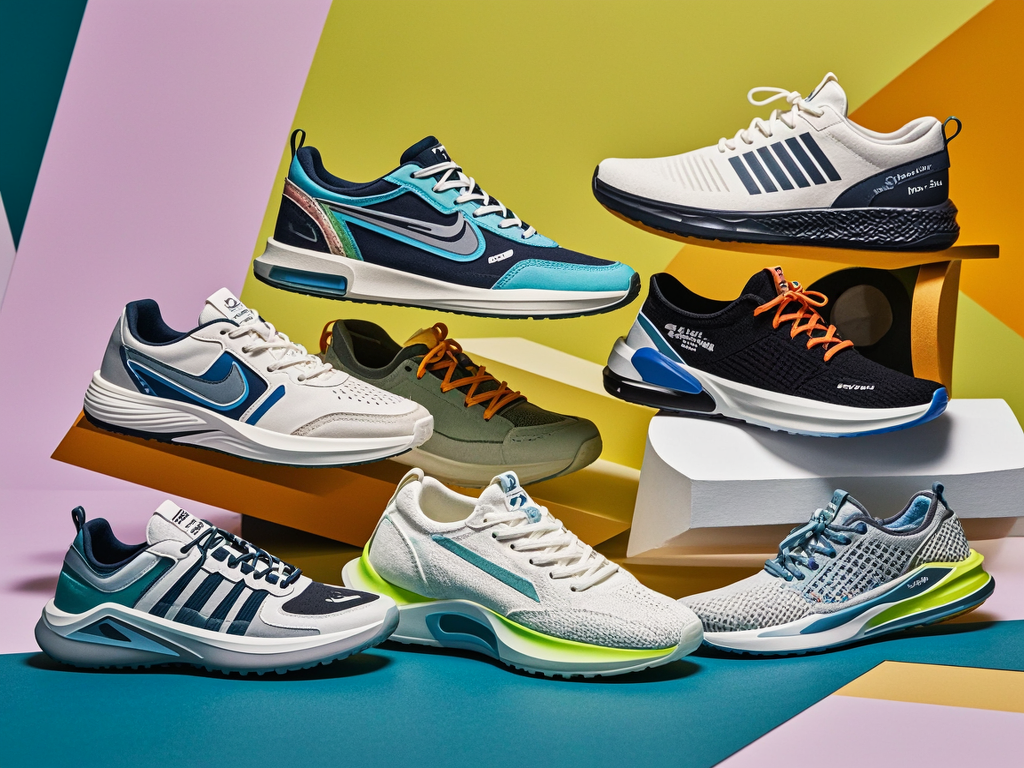目录
Sports shoes have come a long way from their humble beginnings to become essential footwear for athletes and casual wearers alike. The history of sports shoes is a story of innovation, technology, and evolving fashion trends, reflecting the changing needs and preferences of society.
Early Beginnings
The history of sports shoes dates back to the late 19th century when people began to recognize the need for specialized footwear for athletic activities. Before this period, most shoes were not designed with sports in mind. The first sports shoes were simple rubber-soled shoes called plimsolls, which offered better grip and comfort than traditional leather-soled shoes.
The Birth of Modern Sports Shoes
The early 20th century saw significant advancements in the design and production of sports shoes. In 1924, Adi Dassler, the founder of Adidas, began creating specialized shoes for athletes. His designs focused on improving performance, with features like lightweight materials and enhanced grip. This period marked the beginning of the modern sports shoe industry, with companies like Adidas and Puma leading the way.
The Rise of Sneakers
The term “sneakers” was coined in the early 20th century due to the rubber soles’ quietness, allowing wearers to “sneak” around silently. Sneakers gained popularity not just for sports but also for casual wear. The history of sports shoes took a significant turn in the 1950s and 1960s when brands like Converse and Nike entered the market. Converse’s Chuck Taylor All-Stars became iconic, while Nike introduced the revolutionary waffle sole design, enhancing traction and comfort.

Technological Innovations
The history of sports shoes is marked by continuous technological advancements aimed at improving athletic performance and comfort. In the 1970s and 1980s, Nike introduced the Air cushioning technology, which provided superior shock absorption. This innovation set a new standard for sports shoes, leading to the development of various cushioning systems by other brands.
The 1980s also saw the rise of cross-training shoes, designed to meet the demands of multiple sports. This period marked the diversification of sports shoes, with specific designs for running, basketball, tennis, and more. Brands began incorporating advanced materials like mesh for breathability and synthetic fabrics for durability.
The Influence of Culture and Fashion
The history of sports shoes is closely intertwined with cultural and fashion trends. The 1980s and 1990s saw sports shoes becoming a significant part of streetwear and pop culture. Iconic collaborations between athletes and brands, such as Michael Jordan and Nike, led to the creation of the Air Jordan line, which remains popular today.
The fusion of sports and fashion continued into the 21st century, with sports shoes becoming a staple in everyday fashion. Limited edition releases and collaborations with designers and celebrities have turned sports shoes into coveted fashion items.
A Commitment to Quality and Innovation
The industry understands the importance of combining quality, comfort and style. Most suppliers have their roots firmly in the rich history of athletic footwear, continuing that tradition through innovative design and dedication to craftsmanship. They are committed to providing footwear that meets the diverse needs of their customers, ensuring they can perform at their best while also looking their best.
Sustainability and Future Trends
In recent years, the history of sports shoes has been shaped by a growing emphasis on sustainability. Brands are increasingly focusing on eco-friendly materials and manufacturing processes to reduce their environmental impact. Innovations such as recycled materials, biodegradable soles, and energy-efficient production methods are becoming more prevalent in the industry.
The future of sports shoes will likely see further advancements in technology, including smart features like embedded sensors to track performance and health metrics. Customization is also a growing trend, with brands offering personalized designs and fits to cater to individual preferences and needs.
Conclusion
The history of sports shoes is a testament to the dynamic interplay between innovation, culture, and technology. From simple rubber-soled plimsolls to high-tech, fashionable sneakers, sports shoes have evolved to meet the demands of athletes and fashion-conscious consumers alike. Understanding this history provides insight into the continuous evolution of sports shoes and their enduring impact on both sports and fashion.
0







